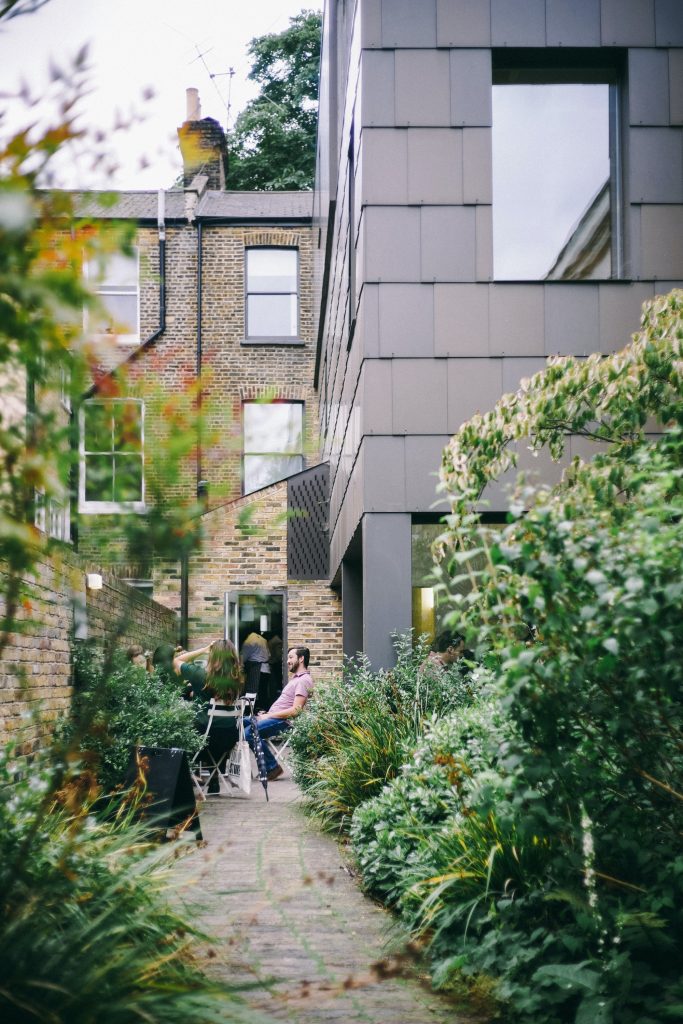
4 minutes read

Summary Points
- Permitted development rights in the UK, as of 2022, allow homeowners to extend or renovate their homes without a full planning application, making it suitable for straightforward projects.
- Eligibility for these rights varies by location in the UK, with specific rules for England, while Wales, Scotland, and Northern Ireland have their own regulations.
- Permitted development projects may include rear or side extensions, garage conversions, loft conversions, two-storey extensions, and adding an extra storey, but wraparound extensions are excluded.
- Strict guidelines govern the size, height, window placement, eaves and ridges, land usage, style, and location of extensions under these rights.
- It’s essential to obtain prior approval from the local authority, similar to a planning application, before starting a permitted development project, which can take 8-10 weeks. Additionally, other requirements such as building regulations, party wall matters, and right to light must be considered, making expert assistance valuable.
Introduction
When you’re venturing into the world of home planning and renovation, you may have come across the term ‘permitted development rights.’ But what exactly do these rights entail, and how can they be utilized to enhance your home? In this article, we’ll delve into the concept of permitted development rights, a government-created scheme designed to simplify the process of extending or renovating your home without the need for a full planning application. If you’re considering straightforward home improvement projects and wish to bypass the subjective nature of a full planning application, permitted development rights could be your solution.
Understanding Permitted Development Rights
Permitted development rights serve as a valuable option for homeowners looking to undertake uncomplicated projects. They offer a streamlined way to proceed with your plans, provided your project aligns with specific criteria. Essentially, these rights enable you to embark on your project without the rigorous process of obtaining a full planning application approval.
Location Matters
Before diving into the specifics of permitted development rights, it’s important to note that not all homeowners automatically qualify for this scheme. Eligibility varies depending on your location within the UK. For the purposes of this article, we will focus on homes situated in England. Residents of Wales, Scotland, or Northern Ireland can refer to their respective government websites or seek personalized advice to understand the rules applicable to their areas.
Exceptions to the Rule
It’s essential to be aware that certain property types may not be eligible for permitted development rights. If your home falls within the category of a flat, maisonette, conservation area, or listed building, your rights may be limited or non-applicable, necessitating a full planning application.
Permissible Projects
Permitted development rights open the door to a range of potential home improvement projects. These include:
- Rear or side extensions
- Garage conversions
- Loft conversions
- Two-story extensions
- Adding another storey to your home
However, it’s crucial to note that there is one significant exception: a wraparound extension does not qualify for permitted development rights.
Navigating the Guidelines
To proceed with your project under permitted development rights, you must adhere to a set of strict guidelines. These guidelines vary based on the type of project but typically encompass considerations such as:
- The size of your build
- Height restrictions
- Window placement
- Eaves and ridge placement
- Land usage
- Architectural style
- Property positioning within the local area
For those not well-versed in the intricacies of planning regulations or architecture, these rules can seem complex and overwhelming. It’s worth emphasizing that skipping the planning stage altogether is not advisable. Under the 2020 changes to permitted development, certain projects, like large rear extensions, require prior approval from local authorities.
Prior Approval and Documentation
Securing prior approval from your local authority before commencing your project is essential. This ensures that your construction is legally compliant, a crucial consideration for future buyers. Similar to a traditional planning application, the prior approval process typically takes between 8 to 10 weeks to complete.
Additional Considerations
In addition to permitted development rights, your project may need to address other requirements such as building regulations, party wall matters, build-over agreements, right to light, and more. To navigate these complexities effectively, it’s highly advisable to enlist the expertise of experienced professionals from the outset.
Conclusion
Permitted development rights offer a streamlined path to home improvement for those seeking to undertake straightforward projects without the burden of a full planning application. However, it’s essential to familiarize yourself with the specific guidelines and regulations governing your project type and location. Additionally, obtaining prior approval from your local authority is crucial to ensure your project’s legality and appeal to potential buyers. When embarking on your home improvement journey, having experienced experts by your side can make all the difference. At SB Architectural Design, we are here to assist you with a comprehensive range of services, including surveying, design, planning, building regulations, party wall matters, and contractor selection. For a deeper dive into permitted development rights, explore the resources in our bio or visit our advice center. You can also book a free consultation with our team to receive tailored planning advice for your unique project.




